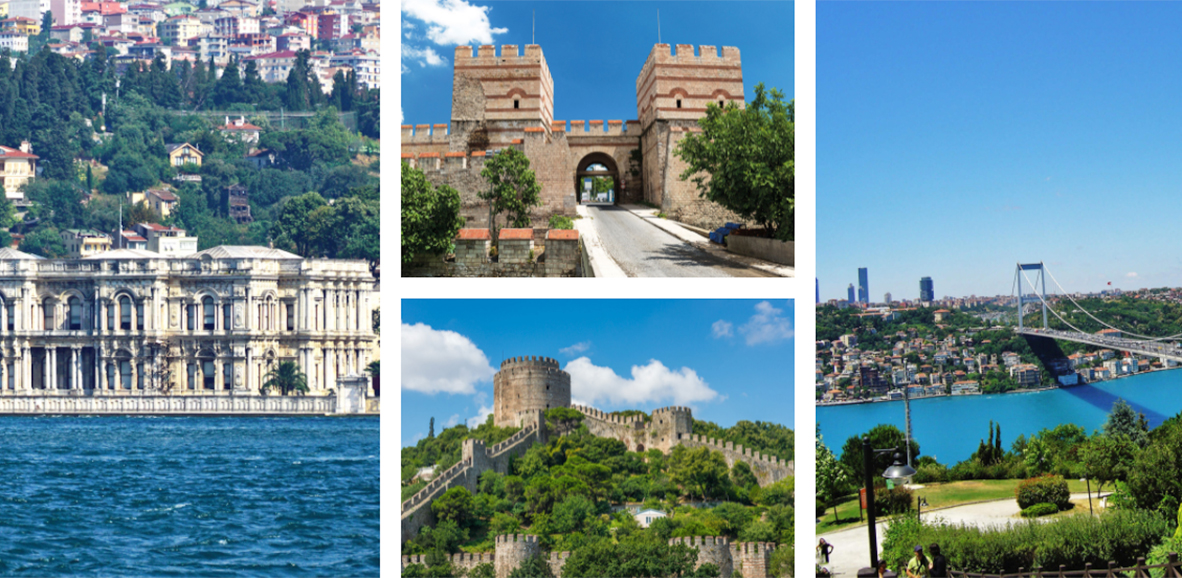Istanbul, formerly known as Constantinople, is said to have been inhabited by humans as early as 3000 BC. Greek colonists led by King Byzas established the area in 7th century BC and named it after the old Greek name for a city on the Bosphorus coast currently called “Old City of Istanbul.”
In the early 100 BC, Byzantium became part of the Roman Empire and in AD 306, Emperor Constantine the Great made it capital of the Eastern Roman Empire. It was then known as Constantinople.
The Western Roman Empire fell in AD 476. In the East, Constantinople remained as the capital of the Byzantine Empire until they were conquered by Muslims in 1453. The city was destroyed by riots during Justinian I’s reign (532-565) and reestablished. Crusader armies sacked Constantinople once more in 1204, destroying much of what still stood.
When weakened by invasions and battles, the Ottoman Turks lead by Sultan Mehmet II were able to conquer Constantinople, renaming it Istanbul. The third and last capital of the Ottoman Empire; it became a major cultural center for military campaigns during its time.
Istanbul is one of the most populous cities in Europe. In 1923, with the new Republic of Turkey established, Kemal Ataturk designated Ankara as the country’s capital. Even though Istanbul has grown tremendously since its founding and its population exceeds 15million people today, it continues to be a busy city that mixes Eastern and Western cultures together in perfect harmony.



Comment (0)